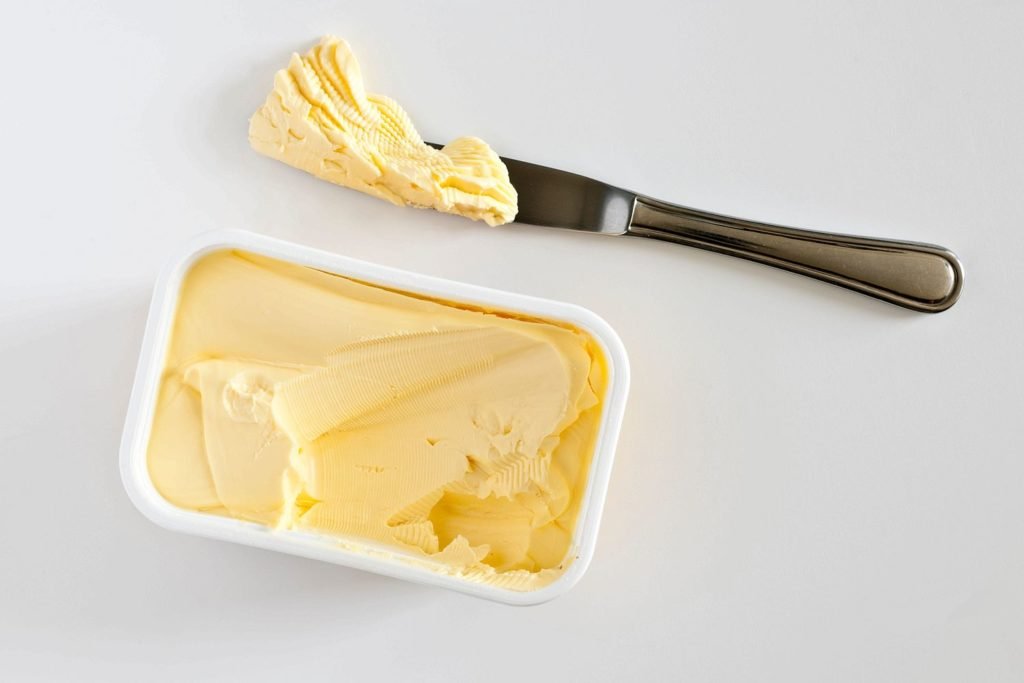With increasing focus on weight loss and healthy eating, there is also an increase in the misconception that all fats are evil and need to be eliminated. Nothing could be farther from the truth. There are some important fat types needed for healthy functioning of the body. These are known as Essential Fatty Acids or simply EFA. They are primarily of two types- Omega 3 and Omega 6.
List Of Foods That Contain Omega 3 Fatty Acids
Contents
Omega 3 fats belong to a broader group of poly-unsaturated fats and are mostly of three types- alpha linolenic acid or ALA, eicosapentaenoic acid or EPA and docosahexaenoic acid or DHA. These acids contain double bonds- which enable them to be more interactive and flexible but also make them vulnerable to damage. Another thing to bear in mind is they cannot be made naturally and have to be ingested via food into the body. The foodstuff is mostly animal dried which makes it tough for vegans or vegetarians to get the sufficient amount in the body. Let us look at them in some more detail:
Alpha-linolenic acid or ALA Is An Essential Fatty Acid
Under the right conditions, our bodies can transform ALA into the other types of omega-3 fatty acids with the help of enzymes. These converted acids are called secondary omega-3 fatty acids eicosapentaenoic acid and, docosahexaenoic acid. They contain more number of double bonds and hence are more complicated. ALA is mostly used as a source of energy in the body with as much as 80% of ALA consumed used for such purpose.
Our body’s ability to make EPA and DHA from ALA depends on many other factors- most important of which is consumption of other fatty acids like the omega 6. Omega-6 acids are more naturally found in food. However excessive consumption of these can reduce the ability of our body to convert ALA to EPA and DHA. More on Omega-6 later is discussed later in the article.
The other factors are the presence of ample supply of nutrients like vitamin B3, vitamin B6, vitamin C, zinc and magnesium among others. Thus, if your dietary intake is deficient in one of these, your body may not be able to convert the needed amount of EPA and DHA even if the ALA intake is sufficient.
EPA and DHA:
As per WHO, around 0.5- 0.6 % of the total energy received by our bodies should be from these acids.
We need molecules called prostaglandins to ensure proper functioning of our inflammatory system- most of which are made from EPA. They have a diverse hormone like effect all through the body.
DHA is needed for proper functioning of the nervous system and brain. In fact, our brain is about 60% fat- of which DHA constitutes about 15-20%. Thus it forms the basic structural component of our brain, cerebral cortex, testicles, skin, and retina.
Also, the immune, cardiovascular and nervous systems respectively simply cannot function without correct amounts of EPA and DHA. They also lower triglycerides in the body and help with proper heart function and cholesterol levels. Another thing to note is the food found in vegetarian food mostly contains ALA and while it can be converted to EPA and DHA, the conversion rate is pretty slow- between 1 to 10%. So one may need to supplement these especially if vegan/vegetarian.
Oxidation limits the shelf life effectiveness of Omega 3. Damage is caused usually by constant exposure to light, oxygen and heat. So, the best way to preserve them is to store them in sealed containers away from light and heat- preferably in refrigerators. Cooking, storage, processing etc are other artificial ways which make these fatty acids lose their potency.
Foods that contain Omega 3 fatty acids:
- Fish- fishes have it as they eat algae
- Fish oil
- Flaxseed oil
- Algae oil
- Chia seed
- Walnuts
- Tofu
- Brussel sprouts
- Cauliflower
- Mustard seeds
- Alaskan ice cream
- Green vegetables especially turnip, spinach etc
- Legumes and related food
- Fruits- raspberry and strawberry contain small amounts of Omega-3
Omega 6 Fatty Acids Containing Foods!
A class of polyunsaturated fats whose consumption has been on the rise steadily due to lifestyle changes. Although important, their consumption should be restricted as too much could lead to a risk of cancer, autoimmune, cardiovascular diseases etc respectively. On the positive side, they help in maintaining bone health, regulate metabolism, increase hair growth, and maintain reproductive system. One of the Omega 6 acids- Gamma-linolenic acid (GLA) has been effective in tackling diabetic neuropathy and PMS. Some studies have shown primrose oil to be effective against Rheumatoid arthritis and Mastalgia, Eczema etc.
Foods that contain Omega 6 Fatty Acid:
- Margarine
- Safflower oil
- Soybean oil
- Grape seed oil
- Corn oil
- Sunflower oil
- Beef, pork, lamb, chicken wings
- Canola oil
- Walnuts
- Pine nuts
- Pumpkin seeds
- Almonds
- Brazil nuts
- Peanuts
- Sesame seeds
- Pecan nuts
It is always better to consult your physician before starting with any supplements for either of them.



Leave a Reply